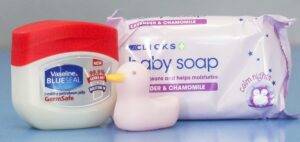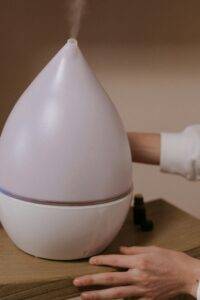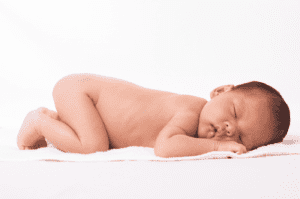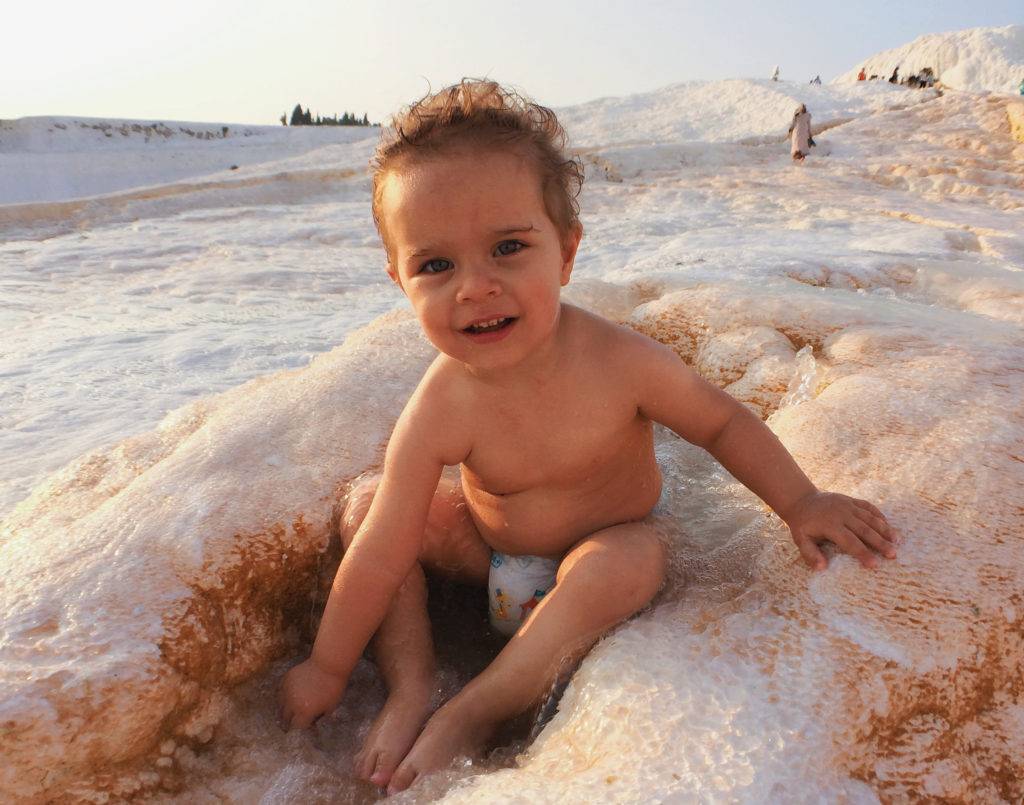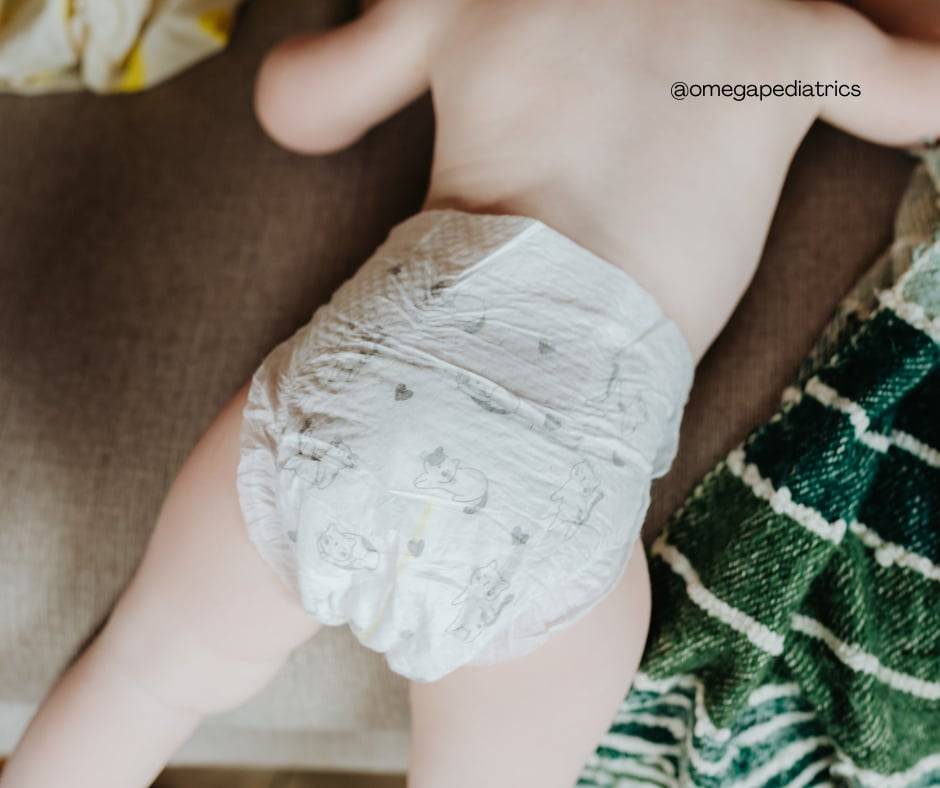Newborn babies bring immense joy, however, it can also bring about a fair share of worries for new parents, especially when noticing something unusual about your baby’s appearance, such as redness of the skin.
This redness manifests for various reasons, and parents need to understand the underlying causes and the appropriate soothing techniques. This comprehensive guide aims to provide detailed information and practical solutions to help their little ones feel better.
Why Newborn Baby is Red?
Before delving into soothing techniques, understanding why your newborn baby is red is the first step. Here are some common reasons:
Newborn Rashes
Newborn rashes are common and cause your baby’s skin to appear red. These rashes result from various factors, including sensitive skin, heat, or the detergent used to wash their clothes. Common newborn rashes include:
- Erythema Toxicum: This benign rash presents as red blotches with tiny white or yellowish bumps in the center. This is a harmless rash, that appears within the first week of life and can spread across the baby’s body. The exact cause is unknown, but it’s believed to be a normal inflammatory response as the baby adapts to life outside the womb. The good news is that it resolves without treatment within a few days to weeks.
- Milia: Small white or yellowish cysts appear on a baby’s face. These are harmless and typically disappear without treatment.
- Baby Acne: Similar to adolescent acne, these are pimples on a baby’s cheeks, nose, and forehead that cause redness. This condition is attributed to the maternal hormones transferred to the baby during pregnancy. These hormones cause the baby’s oil gland to overproduce oil, leading to clogged pores and acne. Although it may look concerning, newborn acne isn’t painful, temporary, and resolves without intervention within a few months.
Birthmarks
Newborn baby is red when there are birthmarks that may appear red. These marks are usually harmless and vary in size and intensity. Common types of birthmarks include:
- Salmon Patches: Also known as “stork bites” or “angel kisses,” these flat, pink, or red marks are usually found on the forehead, eyelids, at the back of the neck, or between the eyes, often disappearing within the first year.
- Hemangiomas: Raised, red birthmarks caused by an abnormal buildup of blood vessels. They may increase in size before eventually shrinking and fading.
Skin Irritations
Skin irritations cause redness and discomfort in newborns. These irritations result from various sources, including:
- Dry Skin: Newborns have dry, flaky skin, especially in the first few weeks after birth. This is due to the transition from the watery environment of the womb to the dry air outside.
- Contact Dermatitis: Red, itchy rashes caused by contact with irritants such as soaps, detergents, or rough fabrics. These are localized redness.
Heat Rash
Newborn baby is red could be due to heat rash. These appear as small red bumps, typically in skin folds or areas where clothing fits snugly such as the neck, diaper area, or armpits. It occurs when a baby is too hot and sweats excessively. Ensure your baby is dressed appropriately for the weather temperature and avoid overheating to prevent.
Crying
When a newborn cries, it’s common for their face to turn red. This temporary redness is due to increased blood flow to the face and subsides once the baby calms down. Ensuring the baby is comfortable and addressing their needs promptly helps reduce the frequency and intensity of crying.
This is not generally a cause for concern unless accompanied by other symptoms.
How to Soothe When Newborn Baby is Red
1. Identify the Cause
To effectively soothe your newborn, you first need to identify the cause of the redness. Observe if there are any patterns or triggers, such as after feeding, during a diaper change, or after being outside. Keeping a journal of these observations can help you pinpoint the cause more accurately.
2. Keep the Baby Cool
If your baby is red due to heat or a heat rash, keeping them cool helps. Dress them in light, breathable clothing and keep an adequate room temperature. Using a fan or air conditioner helps maintain a cool environment. Also, avoid overdressing your baby, especially in warm weather.
3. Gentle Skincare
Use gentle, hypoallergenic skincare products formulated for babies. Avoid using products with strong fragrances or harsh chemicals. Opt for creams or lotions that are specifically formulated for sensitive skin. Regularly moisturizing their skin helps prevent dryness and irritation.
Bathing your baby with lukewarm water and mild, fragrance-free soap helps maintain healthy skin.
4. Comfortable Clothing
Dress your baby in soft, cotton clothing that is loose-fitting. This helps prevent any rubbing or irritation against their sensitive skin. Avoid synthetic fabrics, that might be scratchy or rough, and choose natural materials that allow the skin to breathe. Wash new clothes before dressing your baby to remove any potential irritants.
Wash baby’s clothes with mild, hypoallergenic detergents.
5. Regular Diaper Changes
Change diapers frequently to prevent diaper rash, which causes redness and discomfort. Use a gentle diaper cream to create a barrier against moisture. The diaper area should be thoroughly dried or air-dried before putting on a new diaper. Using a barrier cream with zinc oxide helps protect the skin from irritation.
Diaper-free time also helps keep the diaper area dry and allows the skin to breathe.
Natural Remedies to Soothe When Newborn Baby is Red
Natural remedies are gentle ways to soothe your baby’s redness. Here are a few options:
- Oatmeal Baths: This soothes irritated skin. You can find pre-made oatmeal bath products or make your own by pulverizing oatmeal and adding it to the bathwater. Oatmeal has natural anti-inflammatory properties that help soothe and moisturize the skin, reducing redness and itching.
- Aloe Vera: Applying a small amount of aloe vera gel to the affected skin area. This helps cool and soothe red skin. The product should be pure and free from additives that might irritate the skin further. Aloe vera is known for its natural healing properties, providing relief from minor skin irritations.
- Coconut Oil: This is a natural moisturizer. Apply a small amount to the affected area and gently massage it in. Coconut oil has antimicrobial properties that protect the skin while providing much-needed hydration.
-
- Maintain Skin Hygiene: Keep your baby’s skin clean and dry. Bathe them regularly but avoid overbathing, as it strips the skin of natural oils. After bathing, gently pat the skin dry and apply a moisturizer to keep the skin hydrated. Make sure to dry your baby’s skin thoroughly, especially in skin folds where moisture can get trapped.
-
- Use Mild Detergents: Wash your baby’s clothes, bedding, and towels with a mild, hypoallergenic detergent. This helps prevent skin reactions from harsh chemicals. Rinse clothes thoroughly to remove any detergent residue that could irritate the skin.
-
- Monitor Room Temperature: Keep the room where your baby sleeps at a comfortable temperature. Too much heat causes redness and discomfort. Using a room thermometer helps you maintain an ideal temperature for your baby.
-
- Avoid Overdressing: Dress your baby appropriately for the weather. Overdressing leads to overheating and heat rashes. Layering is a good strategy, as you can easily add or remove layers to keep your baby comfortable.
-
Gentle Laundry Care: Wash your baby’s clothes and bedding separately using a gentle, baby-friendly detergent. This reduces the risk of skin irritations from harsh chemicals. Avoid fabric softeners or dryer sheets, since these contain chemicals that may irritate sensitive skin.
-
- Newborn Skin Peeling: It’s common for newborns to have peeling skin, especially on the hands and feet. This is normal and usually resolves on its own. Apply moisturizer to alleviate dryness.
-
- Milia: Small, white, or yellow bumps on a baby’s face. These are harmless and usually clear up within a few weeks. These bumps don’t require any treatment.
-
- Erythema Toxicum: This is a common rash seen in newborns, appearing as red spots with yellow or white centers and usually clears up on its own. This condition is benign and doesn’t require any treatment.
-
Baby Acne: Causes red pimples on a newborn’s cheeks, nose, and forehead. This condition is temporary and resolves on its own without treatment. Keeping the skin clean and avoiding heavy lotions or oils helps manage baby acne.
-
- Humidifier: A humidifier in the baby’s room keeps the air moist, which helps prevent dry skin. A humidifier is especially beneficial during winter when indoor air tends to be dry.
-
- Soft Bedding: Choose soft, breathable bedding for your baby. Avoid materials that can irritate their sensitive skin. Opt for cotton or other natural fabrics that are gentle on the skin.
-
- Gentle Laundry Care: Wash your baby’s clothes and bedding separately using a gentle, baby-friendly detergent. This reduces the risk of skin irritations from harsh chemicals. It’s also a good idea to double-rinse the laundry to ensure all detergent residues are removed.
-
Monitor the Environment
Keep the baby’s sleeping area free from allergens and irritants. Dust, pet dander, and strong cleaning agents can irritate your baby’s sensitive skin and respiratory system. Regularly cleaning and ventilating the room helps create a safe and comfortable environment.
-
- Keep Nails Trimmed: Newborns scratch themselves with their tiny, sharp nails, exacerbating redness and irritation. Keeping their nails trimmed or using mittens helps prevent this.
-
- Apply Breast Milk: Wipe breast milk to irritated areas to soothe and heal the skin. Breast milk has natural anti-inflammatory and antibacterial properties.
-
- Stay Hydrated: Ensuring your baby stays hydrated helps maintain healthy skin. If you’re breastfeeding, stay hydrated since it also benefits your baby’s skin health.
-
- Patience and Monitoring: Some skin issues take time to resolve. Patience and monitoring of your baby’s skin help identify any changes or improvements.
-
- Severe or Worsening Redness: If the redness is severe, spreading, or worsening despite your efforts to soothe it. The redness persists and doesn’t improve with the usual soothing methods. This could be a sign of an underlying condition that needs to be addressed.
-
- Signs of Infection: If you notice signs of infection such as swelling, discharge, pus, or increased warmth in the affected area.
-
Red Spots and Patches: If your baby develops red spots or patches that spread or worsen. seek medical advice to rule out conditions like eczema or infections. Persistent or worsening redness should always be evaluated by a healthcare professional.
-
Associated Symptoms: If the redness is accompanied by other symptoms such as fever, or lethargy. This could indicate an infection or illness that requires medical attention. Monitor your baby’s temperature and seek medical advice if the fever persists or your baby appears unwell.
-
Unusual Behavior: If your baby seems unusually fussy or uncomfortable, or exhibits changes in feeding or sleeping patterns. These symptoms, along with redness, could indicate an underlying health issue.
Preventing Redness in Newborns
Prevention is always better than cure. Here are some proactive steps and tips to help prevent redness in your newborn baby:
Understanding Newborn Skin Changes
Newborn skin goes through many changes in the first few weeks of life. It’s normal for their skin to appear red at times. Here’s a quick look at what to expect:
Creating a Comfortable Environment
Additional Tips for New Parents
Caring for a newborn can be challenging, especially when dealing with skin issues. Here are some additional tips to help you navigate this phase:
When to Seek Medical Advice
While many skin issues in newborns are benign and resolve on their own, know when to seek medical advice. Here are some scenarios where you should need to:
Soothe Your Baby’s Skin to Prevent Redness
Seeing your newborn baby red can be alarming, but it’s often a normal part of their development. Understanding the common causes and knowing how to soothe their skin, ensures your baby remains comfortable and healthy. Consult a pediatrician if you have concerns or if the redness persists.
For more information on newborn care, check out these helpful articles on Omegapediatrics.com.
Being proactive and attentive to your baby’s needs makes a difference in their comfort and well-being. Happy parenting!



